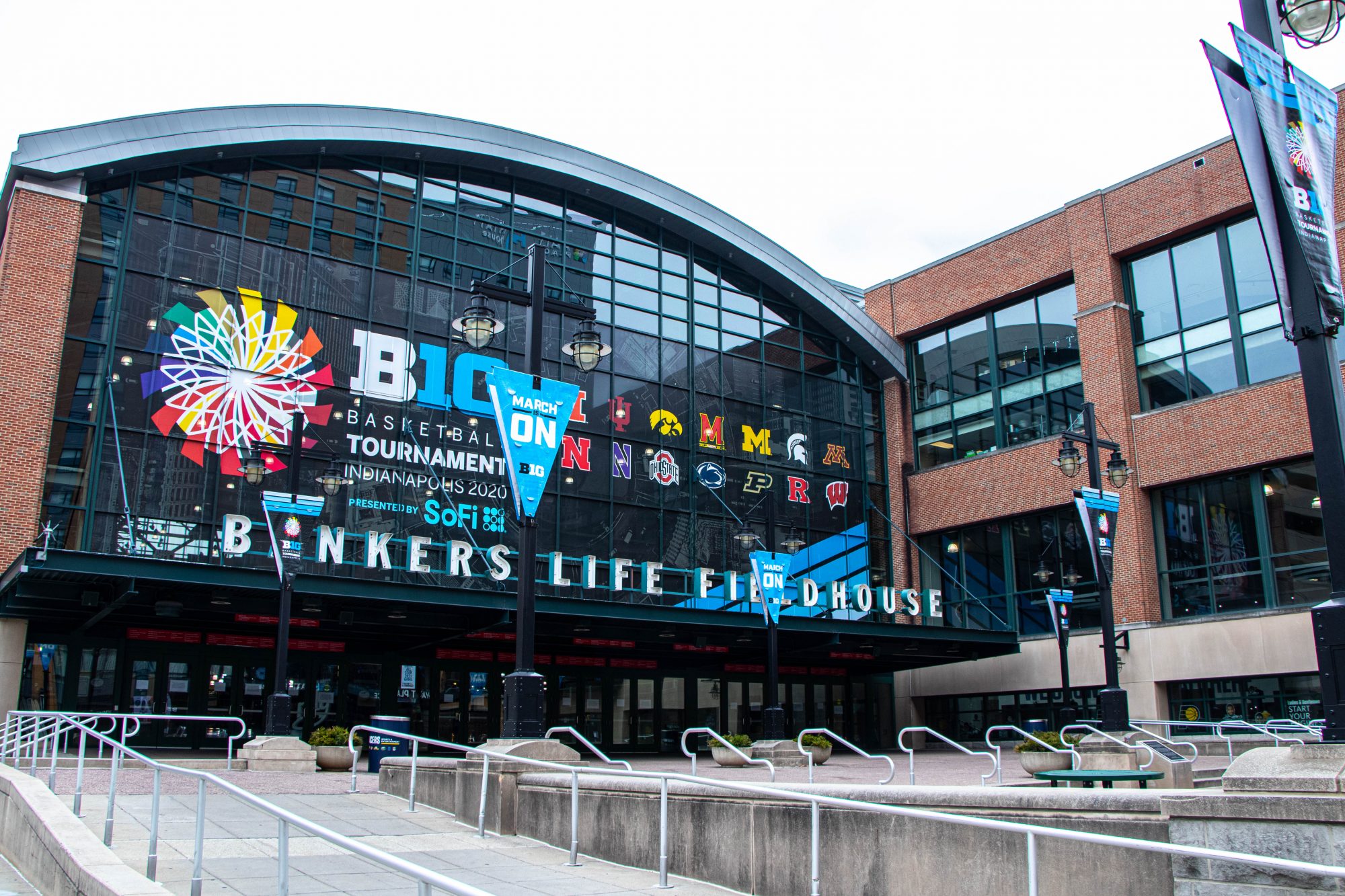Views expressed in opinion columns are the author’s own.
Before leaving the Atlantic Coast Conference in 2014, the Maryland Terrapins enjoyed several memorable moments. Many Terp fans fondly remember upset basketball wins over No. 2 Duke and No. 5 Virginia, and the bedlam in College Park after becoming the unexpected 2001 ACC Football Champions. Several alumni still recognize Maryland’s rivalries with the North Carolina Tarheels, Virginia Cavaliers and Duke Blue Devils — specifically the latter, which sparked decades of resentment and even a documentary. For many Terps fans, there will always be a soft spot in their red, black and gold hearts for the ACC.
This nostalgia for Maryland’s ACC triumphs — as well as Maryland’s occasionally disappointing Big Ten football results — have led many to express their frustration that Maryland left the ACC in the first place. Some cite more statistical reasons, citing all-time meetings and history. Others simply miss the passion that came out whenever the Blue Devils came to College Park and want to see more chapters written into one of college basketball’s most epic rivalries.
As another wave of athletic conference realignment continues through 2021, these calls to bring Maryland back to the ACC and leave the Big Ten are growing.
However, these calls for Maryland to leave the Big Ten are misguided. The Big Ten continues to not only help the university’s athletics department, but also help this university develop as a world-class academic institution.
It’s evident that Maryland’s athletic department has been the major benefactor of the move to the Big Ten. According to the university’s strategic communications officer, Maryland has won the third most conference titles across all sports since 2014-15 at 37, following Michigan and Ohio State, with 44 and 43, respectively. This becomes even more impressive when considering how Maryland sponsors 20 teams, while Michigan sponsors 27 and Ohio State sponsors 37. It’s clear that Maryland has a habit of excelling athletically and fits nicely into the Big Ten.
In Maryland’s first year in the Big Ten, the average attendance rose for every single ticketed sport as Terps fans wanted to see their teams face off against their new conference foes. With an increase in attendance comes an increase in revenue earned by the university and several College Park businesses, and perhaps no sport does this better for the city than football.
In a recent report commissioned by the university, each football game generates over $27 million for local and state businesses, with about $11 million specifically coming to the campus community.
Naysayers could see Ohio State’s near 68,000 enrolled students and compare it to Boston College’s near 15,000 students and say it should be blatantly obvious that attendance figures have risen since Maryland jumped ship for the Big Ten; there are more supporters from the larger Big Ten schools that fill the stands than the smaller ACC schools.
But therein lies the point: Maryland is able to fill more of the stands and make more money from hosting athletic events than it could in the ACC.
In addition, being in the Big Ten Conference simply brings more money to the school through conference revenue payouts. Before the pandemic, each member university made about $54 million from the conference in TV/media revenue — significantly more than the ACC’s $33 million per school payout.
With the increase in athletic revenue, the university could choose to pay off some of its debt and/or help balance its budget, both things it’s struggled with this past fiscal year. Or, it could theoretically use the excess revenue to invest in new projects similar to the new dorms, academic buildings and urban revitalization currently occurring around the campus. Overall, the Big Ten provides this university agency as it continues to improve its student experience, academic reputation and national profile.
The benefits of the Big Ten conference aren’t just limited to athletics. The Big Ten Academic Alliance, a consortium that allows the 14 member institutions to share library resources, has allowed students at this university to maximize their intellectual potential and improve their schoolwork. Students are even allowed to take virtual courses offered at the 13 other member institutions, helping students fulfill their personal and academic interests in areas that cannot be met directly in College Park. It’s clear that the Big Ten allows Maryland athletes and students more opportunities than the ACC ever could.
It’s easy to watch the highlights from Maryland’s iconic defeat of No. 1 Duke in 2002 — a year that would see the closing of the timeless Cole Field House, as well as Maryland’s first-ever National Championship in men’s basketball — and get nostalgic. The ACC helped build the Maryland Terrapins into one of the most successful collegiate athletic programs of all time. Yet, with each new Big Ten Championship banner and new campus building, it’s clear that Maryland is not the same school as it was during those moments; Maryland has moved on.
Maryland’s glorious past will always be the ACC. But it’s time we stop letting nostalgia guide us, as it’s clear that our even brighter future is in the Big Ten.
Anthony Liberatori is a junior environmental science and economics major. He can be reached at alib1204@umd.edu.



